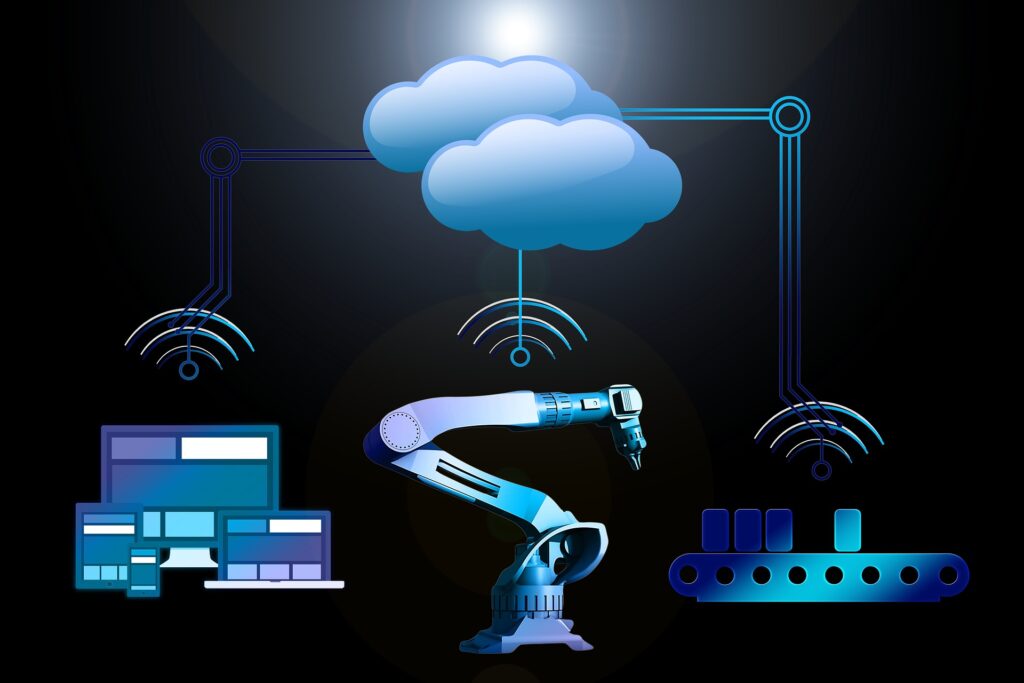
Sensors in industrial automation technology
- No Comments
“Sensors are the eyes of the factory – as an interface to the outside world, they collect data that is necessary for a modern plant”. Nowadays, a modern industrial plant is hardly conceivable without sensors. They are indispensable for both digitization and Industry 4.0, because they perform a very important task: they collect data on the basis of which a factory becomes intelligent.
In general, sensor technology in engineering refers to the science and application of sensors to measure and control changes in environmental, biological or technical systems. Sensor technology is an amalgamation of the terms sensors, measurement and control technology. Learn exactly how sensors work and how they are used in the following blog article.
What is sensor technology?
A sensor is a technical component and is also called a “measured value transducer”. It is located at a suitable measuring point and is thus the interface between the data processing and the external world of the system. The sensor measures an actual value and forwards it to a data processing system. It never works alone, as it is always part of a control loop. A control loop is a self-controlling system and therefore permanently compares an actual value with a target value. If the actual value deviates too much, the system takes countermeasures. Either the system tries to restore the target value on its own or an alarm is triggered so that a specialist can decide what is happening. The third countermeasure is that the system shuts down completely to prevent consequential damage.
What kind of sensors are there?
The most common sensors usually measure values that we also perceive with our sensory organs or that at least directly affect our environment. A distinction is made between active and passive sensors. The former are activated by applying a supply voltage. This means that they emit energy and measure the reaction of the environment. Passive sensors, on the other hand, operate without a supply voltage and use energy from the environment. Some application areas for sensors are listed below:
- Thermometers and pressure sensors measure temperature and pressure
- Microphones record sound
- CO sensors detect the concentration of carbon monoxide in the air
- Photocells and photodiodes register light
As diverse as the applications for a sensor are, the design of the individual electronic component is simple.
How does a sensor work?
Most sensors work according to the electromagnetic principle. A coil is charged under a defined voltage, with an exact magnetic field. The disturbance of this magnetic field is the external influence, which is passed on as a signal to the control unit. If particularly fine measured values are required, a piezo crystal is used instead of the coil and an iron core. When deformed, this generates strong voltages which can be easily read out.
Sensor advantages and challenges
Sensing is a powerful system for protecting and optimally operating a controlled system. It guards against damage, increases efficiency, reduces fuel consumption, prevents wear, and maintains reliable operation of an assembly. The complexity of the system and the sensitivity of the individual sensors present a challenge. The more measured values there are, the more susceptible the system is to malfunctions.


